


Copyright 2014 by David A. Sousa
All rights reserved. When forms and sample documents are included, their use is authorized only by educators, local school sites, and/or noncommercial or nonprofit entities that have purchased the book. Except for that usage, no part of this book may be reproduced or utilized in any form or by any means, electronic or mechanical, including photocopying, recording, or by any information storage and retrieval system, without permission in writing from the publisher.
All trade names and trademarks recited, referenced, or reflected herein are the property of their respective owners who retain all rights thereto.
Printed in the United States of America.
A catalog record of this book is available from the Library of Congress.
ISBN 9781483333946
This book is printed on acid-free paper.
14 15 16 17 18 10 9 8 7 6 5 4 3 2 1

FOR INFORMATION:
Corwin
A SAGE Company
2455 Teller Road
Thousand Oaks, California 91320
(800) 233-9936
www.corwin.com
SAGE Publications Ltd.
1 Olivers Yard
55 City Road
London EC1Y 1SP
United Kingdom
SAGE Publications India Pvt. Ltd.
B 1/I 1 Mohan Cooperative Industrial Area
Mathura Road, New Delhi 110 044
India
SAGE Publications Asia-Pacific Pte. Ltd.
3 Church Street
#10-04 Samsung Hub
Singapore 049483
Acquisitions Editor: Jessica Allan
Associate Editor: Kimberly Greenberg
Editorial Assistant: Cesar Reyes
Production Editor: Amy Schroller
Copy Editor: Melinda Masson
Typesetter: C&M Digitals (P) Ltd.
Proofreader: Jeff Bryant
Cover Designer: Gail Buschman
About the Author

David A. Sousa, EdD, is an international consultant in educational neuroscience and author of more than a dozen books that translate brain research into strategies for improving learning. He has presented to more than 200,000 educators across the United States, Canada, Europe, Australia, New Zealand, and Asia. He has taught high school chemistry and served in administrative positions, including superintendent of schools. He was an adjunct professor of education at Seton Hall University and a visiting lecturer at Rutgers University. Dr. Sousa has edited science books and published dozens of articles in leading journals. His books have been published in French, Spanish, Russian, Chinese, Arabic, Korean, and several other languages. He is past president of the National Staff Development Council (now Learning Forward) and has received honorary degrees and awards for his commitment to research, professional development, and science education. He has appeared on the NBC Today show and National Public Radio to discuss his work with schools using brain research.
Introduction
M ost of us dont recall much about learning to talk. It just seemed to come naturally. We probably dont remember much about how we learned to read either. As adults, reading seems so effortless and automatic that we often assume it should be an easy skill for almost any child to acquire. But that is not the case. Learning to speak is an innate ability supported by specialized areas of the brain, and is automatic for almost all children raised in normal circumstances. But for many children, learning to read is a long, complicated task requiring years of conscious effort.
Have you ever thought about what your brain goes through when you read? First, your eyes have to scan those squiggly lines and curves called the alphabet and group them into the words as indicated on the page. Then, certain areas of the brain work to associate the written symbols with the sounds of language already stored in your head. As this association occurs, other neural networks decode the writing into a mental message that you understand. Incredibly, your brain can process and comprehend an entire sentence in a few seconds. It almost seems like magic. But it isnt magic. Reading is the result of an elaborate process that involves decoding abstract symbols into sounds, then into words that generate meaning. Can you remember the first time you encountered printed text and saw those letters? Just turn this page upside down and you get an idea of how alien those squiggles must have looked at first and what a struggle it was to make sense of them.
 THE BAD NEWS AND THE GOOD NEWS
THE BAD NEWS AND THE GOOD NEWS
The Bad News
Educators have been well aware of the difficulties involved in learning to read and have long debated the best ways to teach beginning reading. No one method or program has triumphed, as evidenced by the lack of substantial progress in improving reading achievement scores. Unfortunately, despite all the time and resources devoted to reading programs, there have been no noticeable gains in reading achievement since the publication of the first edition of this book. The National Assessment of Educational Progress reports that nearly two-thirds of low-income fourth graders cannot read at the proficient level. Grade 8 students have made no gains in reading achievement in the past decade, and the reading scores of Grade 12 students have actually declined slightly in that same time period (NAEP, 2012). The number of students identified with reading problems, including dyslexia, is growing rapidly. No one is sure if this is because more students are developing difficulties in reading or whether school districts are getting better at diagnosing previously unidentified students. One thing seems certain: Students who are poor readers in their early years remain poor readers in their later years.
A decades-long battle over the best way to help children learn to read has only polarized the educational community though less so since the report of the National Reading Panel in 2000. Nonetheless, critics still argue that reading instruction has been out of touch with research in that too many programs minimize the teaching of phoneme-grapheme relationships. The selection of reading programs has often been fueled by debates of philosophical stances and advocacies that have little to do with what research is uncovering about how children learn to read.
The Good News
Scientific methods are now available to study how the brain acquires reading skills. In the last two decades, brain researchers have developed new technologies for looking inside the living brain. These technologies fall into two major categories: those that look at brain structure and those that look at brain function. When aimed at the brain, computerized axial tomography (CAT) and magnetic resonance imaging (MRI) are very useful diagnostic tools that produce computer images of the brains internal structure. For example, they can detect tumors, malformations, and the damage caused by cerebral hemorrhages.
Different technologies, however, are required to look at how the brain works. An alphabet soup describes the five most common procedures that can be used to isolate and identify the areas of the brain where distinct levels of activity are occurring. The most frequently used technologies are the following:
Next page
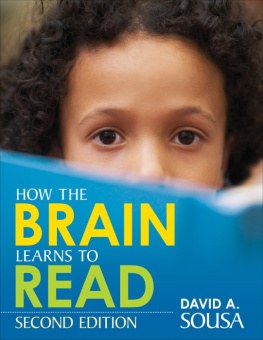

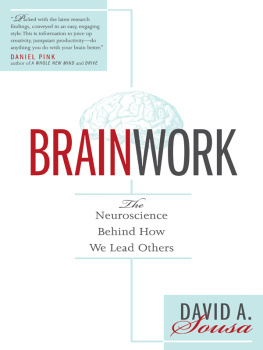
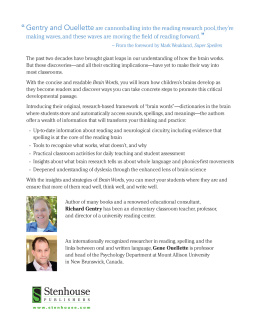
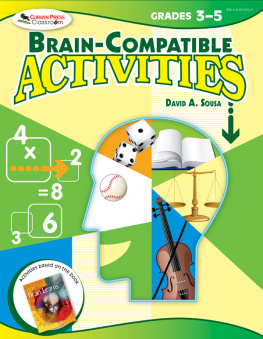
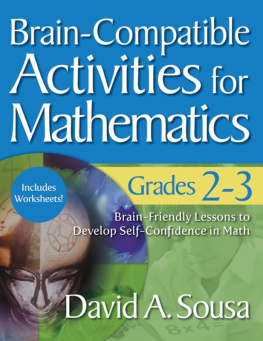
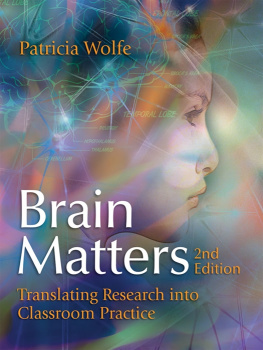
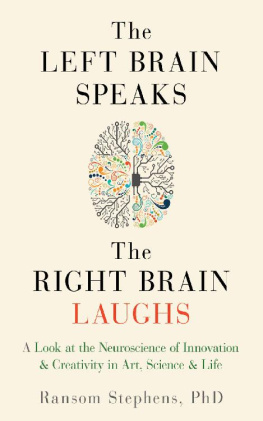
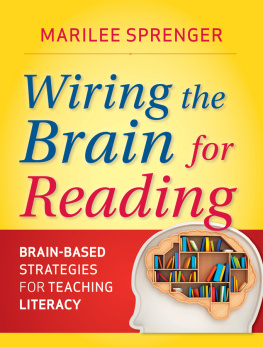





 THE BAD NEWS AND THE GOOD NEWS
THE BAD NEWS AND THE GOOD NEWS